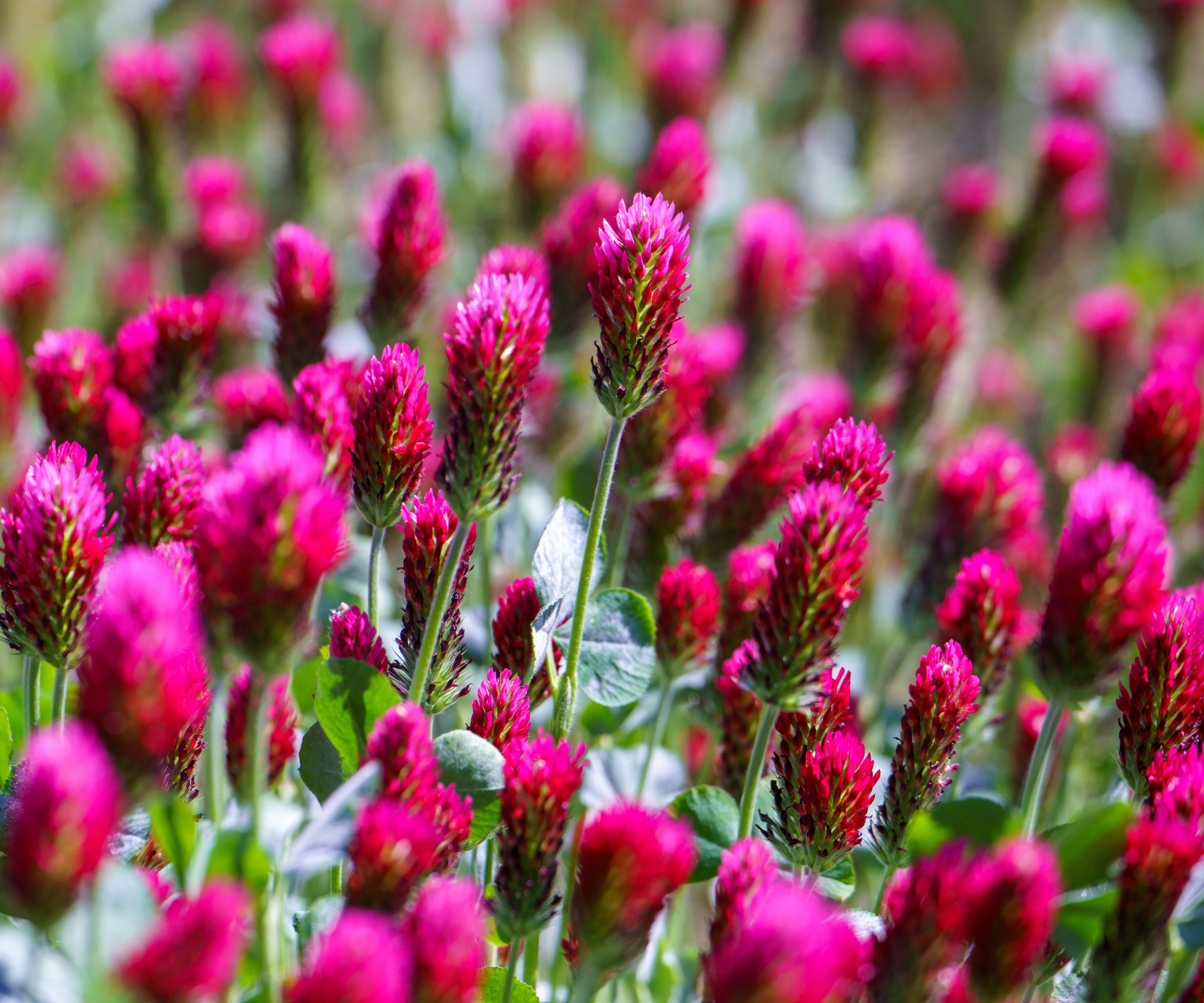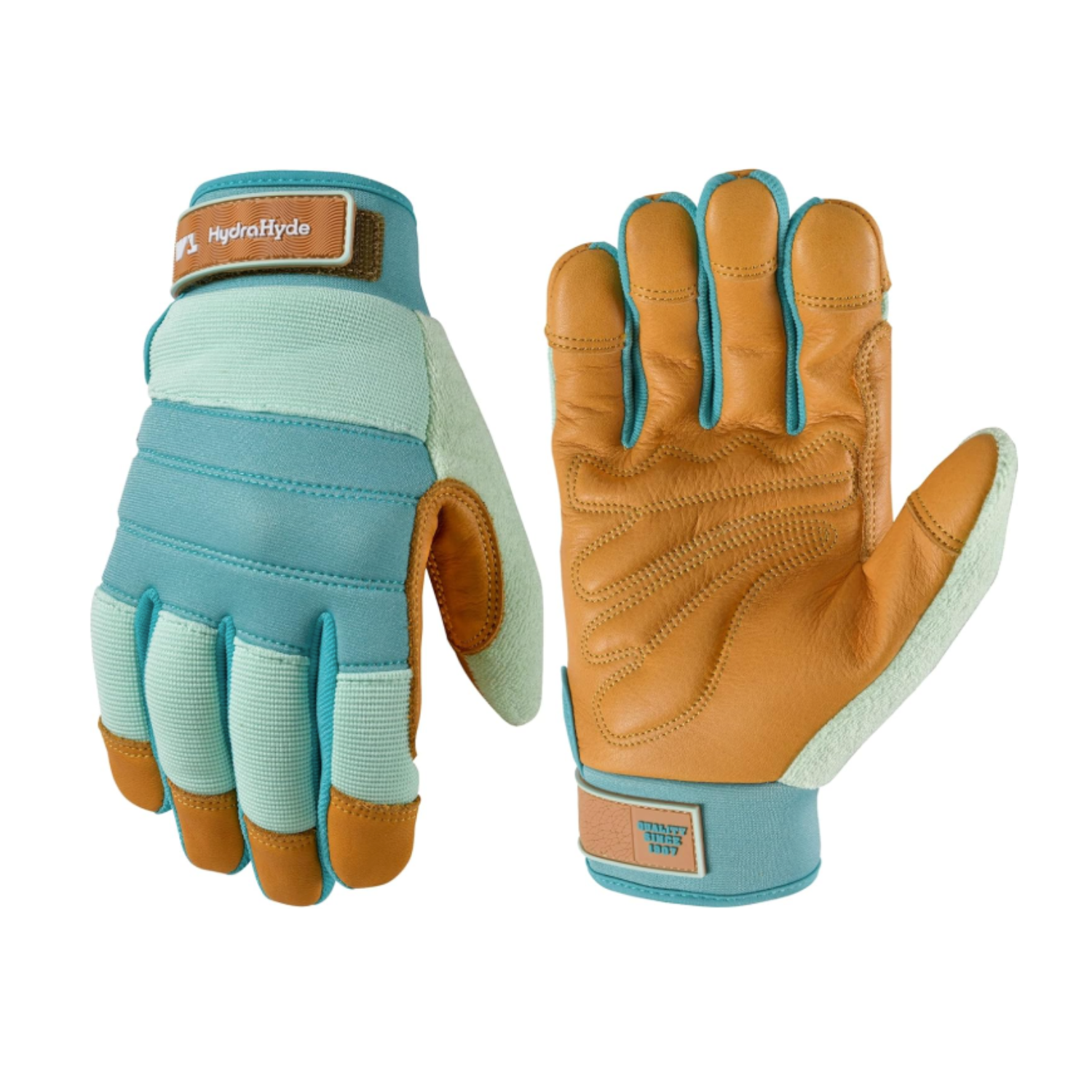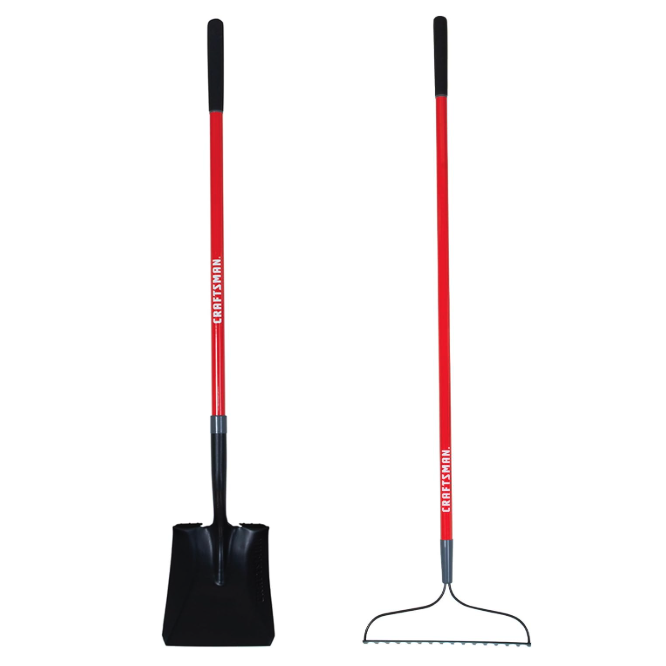3 Fall Soil Tasks You Need to Do Now for Perfect Planting in Spring
A bit of work in fall gets your soil ready for next year! Preparing now reduces hassles and lets you grow strong veggies or flowers with less effort.


It is time to start to prepare soil in fall to set up a thriving spring garden next year. A quick fix now keeps dirt loose and aerated, letting roots spread deep when snow melts. Mixing in organic matter takes a bit, but it builds strong soil structure for planting.
Good soil will hold in nutrients properly and will drain well. To prep soil in the fall, you’ll want to work in a little compost to break up any of those hard clumps and boost some. This will help to stop weeds from taking hold, making spring planting a lot smoother.
Just a bit of fall soil prep keeps dirt from packing tight or eroding in winter rains. Not only does it improve drainage, but it also cuts weeding later. Then you raise plants that grow strong from the start
1. Feed Your Soil with Organic Matter

Soil runs out of steam after summer crops pull nutrients. Without a boost, it’s too weak for spring plants. Adding organic material now builds rich dirt, so roots grab what they need to grow strong. It’s a must for next season’s blooms or veggies. I like to use an organic compost like this Back to the Roots compost from Amazon.
You can also use your homemade compost that is comprised of kitchen scraps, leaves, or grass clippings broken down. Manure is good too, but make sure it’s aged to avoid burning plants. Straw or chopped leaves also add bulk to keep soil loose.
I always recommend spreading a thick layer of compost or manure, about two inches deep, over garden beds. Make sure to work it into the soil with a shovel or fork. It takes a bit of work to get going, but it’s very much worth it. Mix it well to feed the soil evenly. Then you let it sit all through the winter, so you get the added benefit of worms and microbes increasing the nutrient levels.
2. Test and Balance Your Soil

Soil that’s off balance grows weak plants—too acidic or low on nutrients stunts growth. Testing soil now lets you fix things before planting, so crops don’t struggle. A quick check avoids a surprisingly weak harvest when spring hits.
Sign up for the Gardening Know How newsletter today and receive a free copy of our e-book "How to Grow Delicious Tomatoes".
Grab an easy little soil test kit like this from Amazon to check pH and nutrient levels. Scoop dirt from a few spots, mix it, and follow the kit’s steps. If your pH is off, add some lime to raise it or, add sulfur to lower it, working it into the top few inches. For low nutrients, mix in fertilizer based on what the test tells you. Fall soil prep like this sets you up for strong roots.
3. Protect and Build Soil with a Winter Cover
Bare soil washes away or packs down hard in winter rains, making planting tough. Planting a cover crop or using mulch keeps dirt in place, adds nutrients, and stops weeds from taking over. Using a winter cover is a simple move to make spring planting easier.
Use Cover Crops

Cover crops like crimson clover or hairy vetch grow fast and hold soil tight through winter. They’re a great way to amend soil in fall, adding nitrogen when tilled in come spring. Clover will help by boosting the nutrients for your crops like tomatoes, while vetch chokes out any of the weeds that grow.
Scatter all of the seeds about a quarter-inch deep and, rake them in very lightly. They can sprout pretty quick. Water well to start their growth, especially if you have dry fall weather. Then you get a richer, looser soil ready for spring planting.
You can buy Seedville USA Russian Vetch Hairy Crown Vetch seeds from Walmart. And you can find crimson clover seeds from Amazon.
Apply Mulch

Applying mulch, like straw or chopped leaves, can aid in stopping any erosion and keeps soil warmer in winter. It’s an easy way to amend soil in fall, while holding moisture and blocking weeds. Straw spreads easy on veggie beds, while leaves are free from your yard. You can get mulch in a variety of colors from Home Depot.
Spread mulch evenly in a three-inch layer over bare spots, making sure to keep it off the plant bases to avoid any rotting. This is going to set up your beds for a super smooth spring start.
Spring and summer gardens are made in the fall. These simple tips to prepare your soil in fall are a great way to get your garden ready for next year. Happy growing!
Shop Spring Prep Essentials

Tyler’s passion began with indoor gardening and deepened as he studied plant-fungi interactions in controlled settings. With a microbiology background focused on fungi, he’s spent over a decade solving tough and intricate gardening problems. After spinal injuries and brain surgery, Tyler’s approach to gardening changed. It became less about the hobby and more about recovery and adapting to physical limits. His growing success shows that disability doesn’t have to stop you from your goals.


